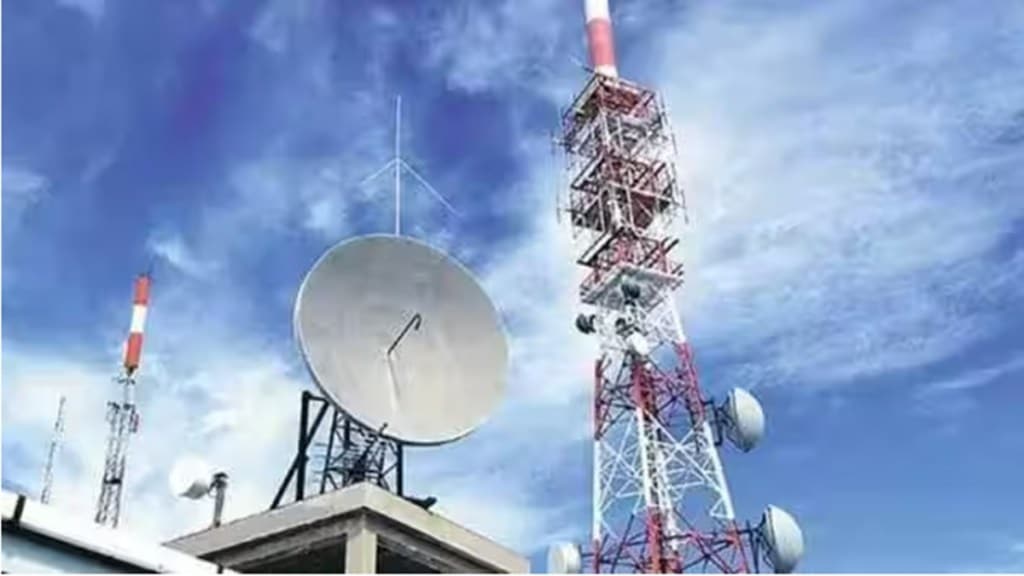The Telecom Regulatory Authority of India’s (Trai’s) recent recommendations for lowering the entry fee for mobile and other telecom services and merging bank guarantees are a step in the right direction as these will promote ease of doing business. The suggestions, however, fall short of going the whole hog on the reforms front. The need of the hour for the regulator and the government is to look at measures which provide relief to new entrants as well as the existing operators. Trai has rightly suggested lowering the entry licence fee for offering mobile services to Rs 50 lakh per circle from the existing Rs 1 crore. Similarly, for international and domestic long distance services, the regulator has proposed that the existing licence fee of Rs 2.5 crore be reduced to Rs 50 lakh. For internet service providers in the national area, the proposal is to reduce the fee from Rs 30 lakh to Rs 10 lakh and for ISP category B, the from Rs 2 lakh to Rs 50,000 for each circle.
Certainly, if these measures are accepted by the government—which it should—new entrants would have to cough up less to get into these service areas. However, the chances of new players getting into mobile telephony are very remote. For argument’s sake, even if any player does show interest, its ask would not pertain so much with lowering entry fee than reducing the recurring licence fee which is payable on revenue share basis every quarter. For long years, telecom licences were given on the basis of auctions through which the entry fee was determined. The spectrum, which is key to operations, was given free of charge based on subscriber base. However, the 2G fiasco of 2008 where licences were given at 2001 rates changed everything. Licences and spectrum were delinked with the rates of the former being nominal and the latter allocated through auctions. This loaded the cost on spectrum. With spectrum auctions yielding high revenue to the government—ranging between Rs 60,000-70,000 crore to upwards of Rs 1 trillion—it soon started being seen as a mechanism to maximise revenue.
Nothing wrong with that, but if the earnings from auctions are attractive, logically, the revenue share licence fee needs to be rationalised. Charging market rates for spectrum and levying revenue share licence fee is forcing operators to pay twice for the same thing.
Operators pay a licence fee at 8% of their adjusted gross revenue. Of this, 5% goes to the universal service obligation fund (USOF) for rural telephony. Since 50% of the USOF is lying unutilised, in the past the Trai had recommended that the same be reduced to 3%, but the government did not agree. A two percentage point cut in revenue share licence fee would provide relief of around Rs 3,000-3,500 crore annually to the operators.
The government took a progressive step last year by deciding not to charge for spectrum usage for airwaves bought in 5G auctions as well as in all subsequent auctions. A move on these lines is now needed on the licence fee front also. The government can move in a gradual manner. It can first look at not levying the USOF charge till the time the unutilised fund is not exhausted. This will free up money at the operators end that the government can mandate them to invest in research and development activities. It will be a win-win situation.

